Android N's under-the-hood changes might point to a new future for OS updates
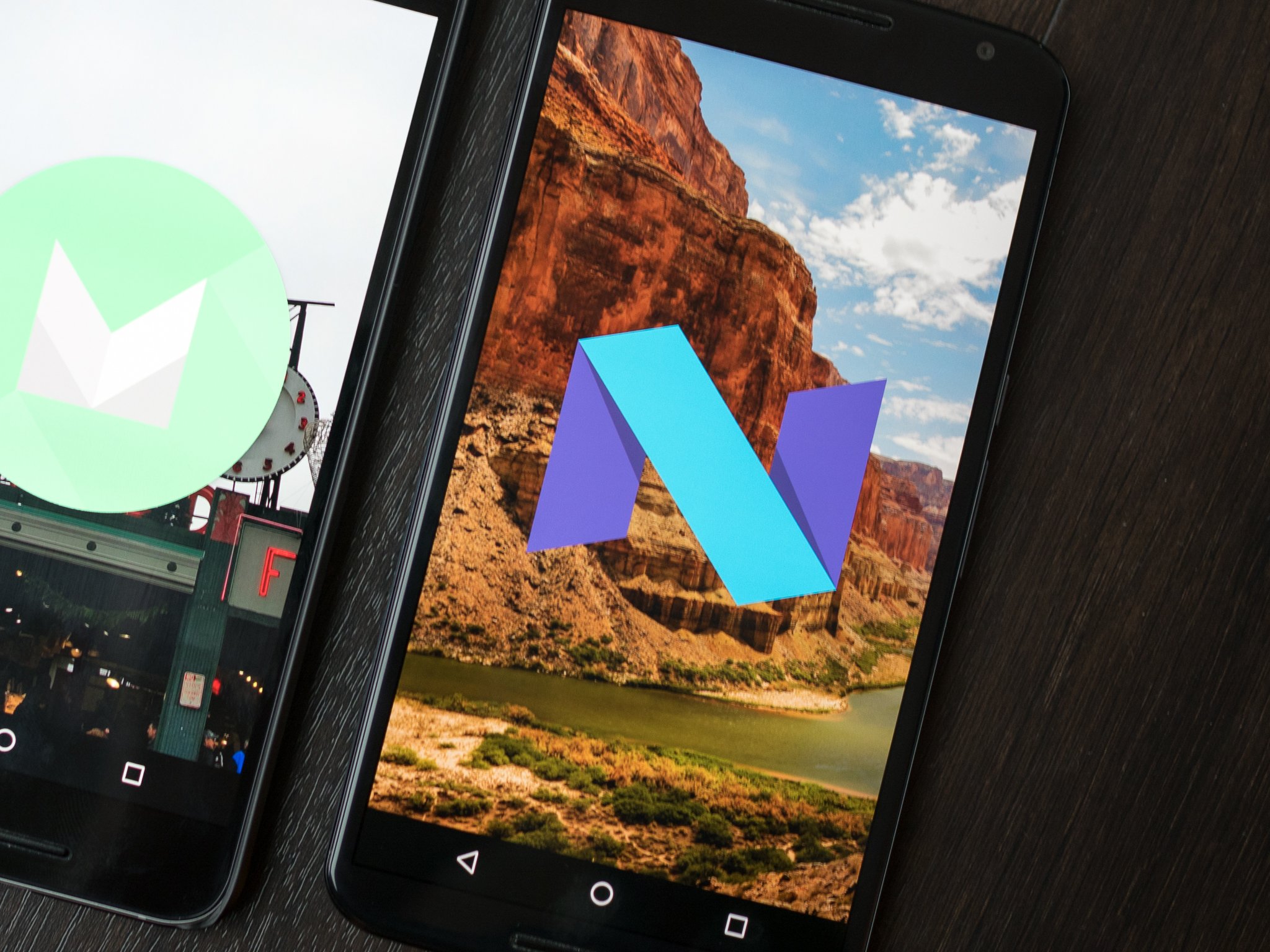
We've spent the better part of a day digging into the inner workings of the initial release of the Android N Developer Preview, and we've learned a few things. The first of them is easy — this is a super-beta (if that's not a word, it needs to be) version of software that will have bugs on top of bugs. A lot of us have flashed it and are enjoying the new flavor, but you should tread lightly if you want to try on the phone you need every day. Things are broken, and some things will be more broken in the next update. This preview is for developers to start working on their apps to get them Android N-compatible, and for people who like to report bugs. It says so right on the tin.
The second thing we're seeing is the more interesting one, even though we're not entirely sure what it's all about just yet.
Big things may well be afoot for Android.
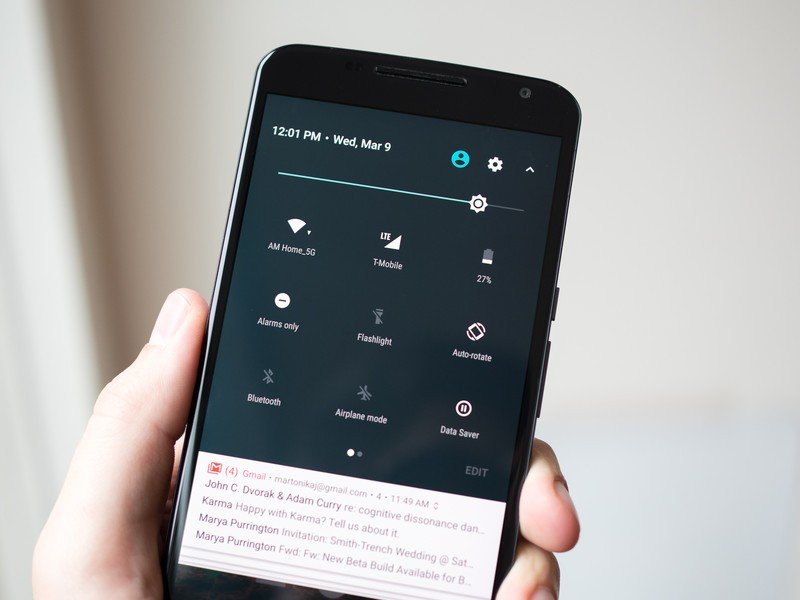
Android has a major (and not entirely incorrect) image problem when it comes to keeping devices on current software. We can argue about it, try to blame one company more than another, or pack up our ball and move to iMore. None of that helps when you have more than 1.5 billion things running Android — and few of them are running the exact same software. In the end, it's Google that has to take the heat because their name is on the product. It's a discussion that's been beaten to death and then some — and the beatings will continue.
Google knows this and is doing "stuff" under the Android hood to make it easier for the people who build phones to get it all together. And this initial Developer Preview (there will be several others before public release later this year) shows it. We don't know exactly where Google is going and what it has planned, but small changes to file structure and partitioning in the first factory device images are clues to how things might well work. We're seeing more things placed into the vendor and OEM partitions — things that can (and do) overwrite or attach to the "stock" Android versions that live in the system partition when the phone boots. And not just support libraries and kernel objects — there are full apps that are supplied by the vendor (in this case that vendor is Google) that can greatly affect how the phone operates and how you interface with it.
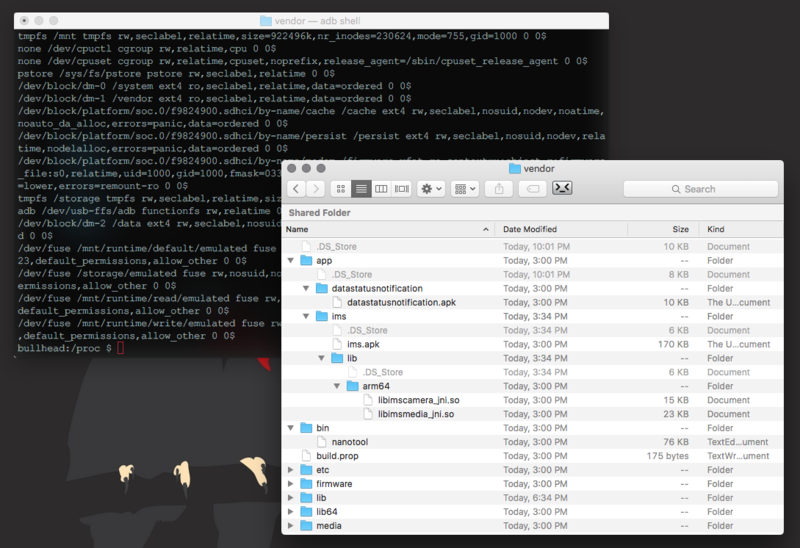
Imagine a world where Samsung can have its vision of Android, while keeping the deep system processes untouched.
Imagine a world where Samsung can have its vision of Android running just how it likes it, while deep system processes — like the infamous Stagefright library — are separate and untouched. That would mean that Samsung or Google could push out changes to their separate parts of the system far more easily (and much faster) than they can today without interfering with the other half of the system. (With APIs and libraries to bridge the gap.) The manpower alone that this situation frees up means more people are available to work on making the Samsung experience better without having to worry about the underlying Android code.
With Android N, Google has essentially started to divide Android into two sections: the core OS (the framework that makes everything work) and the interface (the apps, launcher, notifications, and everything else the user interacts with).
Get the latest news from Android Central, your trusted companion in the world of Android
Take it a step further and consider a smaller company without Samsung's seemingly bottomless resource pool and consider how this helps it. A more "standalone" system built this way is better for everyone — and most importantly that means you and me.
Let's go even deeper
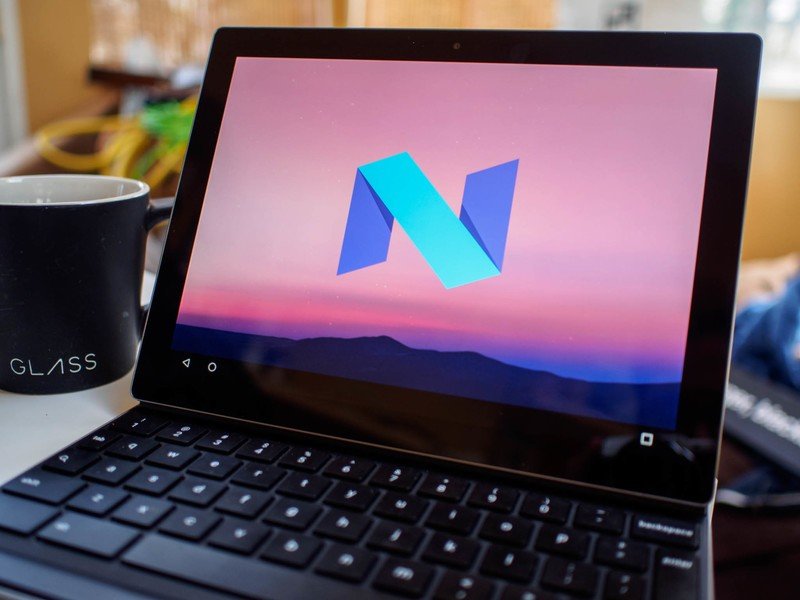
Android as a framework instead of an operating system means it's easier to change the user-facing features.
Android as a framework instead of an operating system means that it's easier to change the user-facing features. I think back to "blocking mode" on recent Samsung phones, or Moto Display on the original Moto X. They definitely weren't made better with Android updates, and what we have from Google to replace them isn't as good as the originals. A way for a vendor to tap into the system processes with its own interface — and system processes that stay the same between versions — lets Samsung control how you keep notifications in check. Or it lets Lenovo/Moto display things on the lock screen they way they want to do it, without redesigning everything from scratch each time a new version comes out.
It also means that what we're seeing today may never grace the phone currently in your hands.
Nexus phones are a brand. Nexus phones don't run unadulterated open-source Android — virtually nothing does. Google takes the code and changes it to its liking and then installs that version of Android on the phones it sells — and that's exactly what HTC and LG and Samsung do. Google touches less of the system than most manufacturers (though the HTC One A9 was darn close) but it's still not the purely open source Android you can download and build yourself.
If we take these new ideas — and make no mistake that right now they are only ideas — and think ahead a year or so, it means that things like new notification trays or dark modes or multi-window are just how Google wants to interface with the system on its vision of Android. Samsung or Huawei are free to do their own thing — and they will — and it's not going to match Google's thing. But more important is that it's not going to break things as easily. The system just lets you pick a color for the interface. "Dark Theme" is a UI idea, and one that anyone can implement anyway they like.
The biggest advantage would be seen when it comes to security updates. We pick on Samsung a lot when it comes to monthly security patches because it is the company we expect the most from. Being the big dog means you get the most scrutiny. Samsung has reasons why only a few models get timely security updates, and we imagine most of them revolve around development costs, or sheer manpower. If Android becomes more of a framework than a full operating system, it will be easier to get that framework updated on more phones at a faster pace.
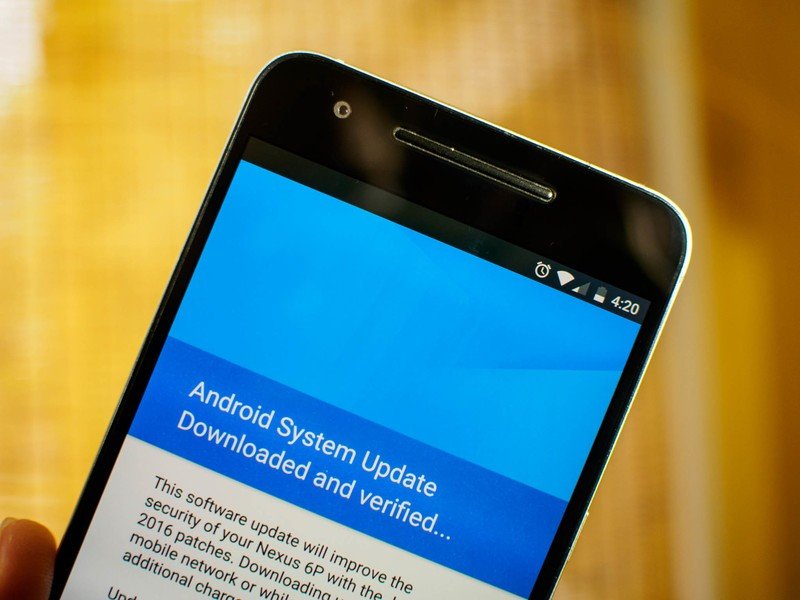
Hopefully Google is steering the Android ship in a way to fix its biggest problem.
Let Google worry about patching Widevine or Stagefright, and Samsung can worry about its own software — the thing it knows best. Samsung can rightly let Google be the fall guy when it comes to native Android bugs. Even the Evil Cabal of North American Carriers can butt out of the security patch process. Everyone wins.
We're speculating a lot here based on some relatively small changes to the inner workings of the Android N Developer Preview. That's what we can do right now without source code or official words from Google HQ. But we do know that Google always has a reason for the changes it makes (though we often disagree), and these small changes to the way the vendor and OEM sections of Android work weren't an accident.
We expect to learn a lot more at Google I/O, and hopefully Google is steering the Android ship in a way to fix its biggest problem.

Jerry is an amateur woodworker and struggling shade tree mechanic. There's nothing he can't take apart, but many things he can't reassemble. You'll find him writing and speaking his loud opinion on Android Central and occasionally on Threads.
